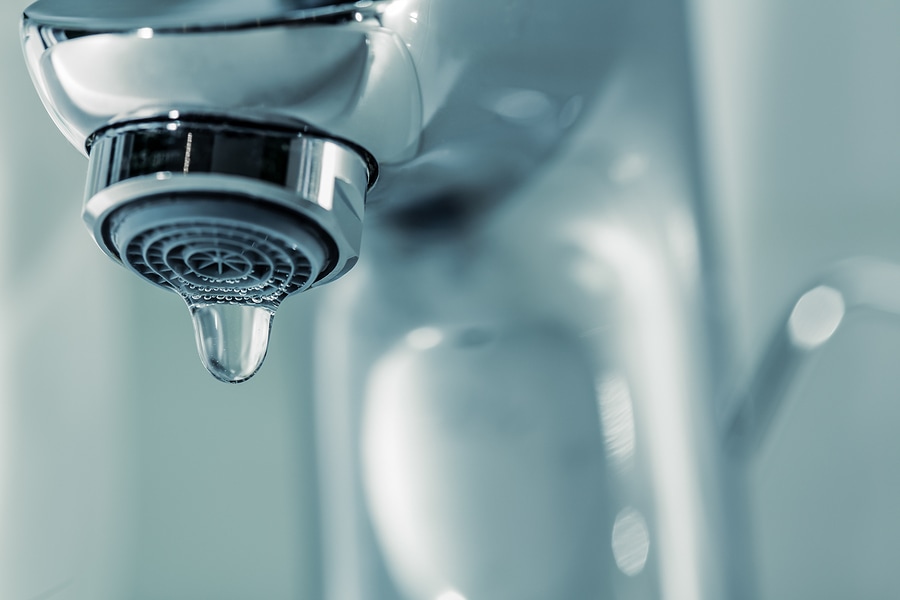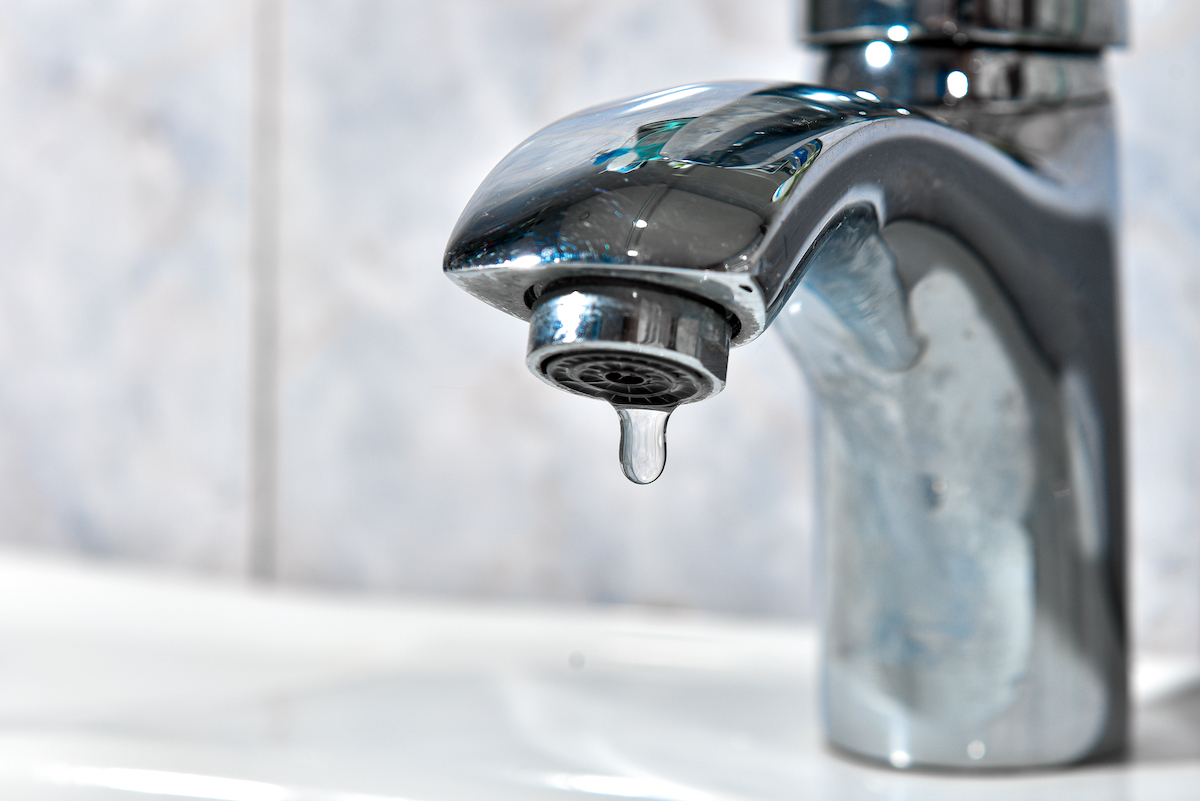Discovering the Relevance of Correcting a Broken Faucet
Discovering the Relevance of Correcting a Broken Faucet
Blog Article
We've unearthed the article on What Causes Leaky Faucets & How To Fix Them directly below on the web and reckoned it made perfect sense to relate it with you on this page.

Dripping faucets could seem like a minor aggravation, however their influence goes beyond just the nuisance of the audio. From wasting water to incurring unnecessary monetary prices and wellness threats, ignoring a dripping tap can bring about various consequences. In this article, we'll delve into why it's essential to address this common household issue promptly and effectively.
Wastage of Water
Ecological Impact
Trickling taps add substantially to water waste. According to the Environmental Protection Agency (EPA), a solitary tap dripping at one drip per secondly can lose more than 3,000 gallons of water per year. This not just pressures water resources yet likewise affects ecosystems and wild animals dependent on them.
Step-by-Step Overview to Repairing a Dripping Tap
Devices Required
Prior to attempting to fix a leaking tap, gather the essential tools, consisting of an adjustable wrench, screwdrivers, replacement components (such as washing machines or cartridges), and plumber's tape.
Common Tap Issues and Their Solutions
Recognize the type of faucet and the particular concern creating the drip. Common problems include damaged washing machines, rusty shutoff seats, or faulty O-rings. Refer to producer directions or on the internet tutorials for detailed advice on repair services.
Financial Expenses
Boosted Water Expenses
Beyond the environmental impact, dripping faucets can inflate water expenses significantly. The collected waste in time translates right into greater energy expenditures, which might have been prevented with timely fixings.
Prospective Residential Property Damage
Moreover, extended dripping can bring about damage to components and surface areas bordering the tap. Water build-up can create staining, deterioration, and even architectural issues if left neglected, resulting in extra repair expenses.
Wellness Issues
Mold And Mildew and Mold Development
The consistent presence of wetness from a trickling faucet creates a suitable environment for mold and mildew growth. These fungis not just endanger interior air high quality however additionally posture wellness risks, particularly for individuals with breathing conditions or allergies.
Waterborne Diseases
Stagnant water in dripping taps can come to be a breeding ground for bacteria and other virus, raising the danger of waterborne illness. Contaminants such as Legionella bacteria grow in stationary water, potentially leading to severe health problems when consumed or inhaled.
Do it yourself vs. Specialist Fixing
Pros and Cons of Do It Yourself Repair Work
While some may try to repair a dripping tap themselves, DIY repair services come with their own collection of difficulties. Without correct understanding and devices, DIY attempts can aggravate the issue or bring about incomplete repair work, lengthening the problem.
Benefits of Employing a Specialist Plumber
Hiring a professional plumber guarantees that the underlying root cause of the trickling tap is addressed efficiently. Plumbing professionals have the knowledge and devices to identify and repair faucet problems effectively, saving time and minimizing the risk of more damages.
Ecological Obligation
Private Contribution to Preservation
Taking duty for taking care of leaking faucets straightens with more comprehensive efforts toward water preservation and environmental sustainability. Every person's actions jointly make a substantial impact on maintaining valuable resources.
Lasting Living Practices
By prioritizing timely repairs and taking on water-saving practices, people contribute to sustainable living methods that profit both present and future generations.
Safety nets
Regular Maintenance Tips
To stop dripping faucets, execute routine maintenance such as cleaning up aerators, evaluating for leaks, and replacing damaged components immediately. In addition, consider installing water-saving gadgets or upgrading to a lot more reliable components.
Importance of Prompt Repairs
Dealing with leaking faucets as soon as they're discovered avoids more water wastefulness and possible damages, eventually saving both water and money in the long run.
Impact on Residential Or Commercial Property Value
Assumption of Well-Maintained Building
Keeping a residential or commercial property in good condition, consisting of addressing maintenance concerns like dripping taps, improves its regarded worth and desirability amongst potential customers or renters.
Impact on Resale Value
Properties with properly maintained plumbing fixtures, consisting of taps, command higher resale worths in the property market. Dealing with trickling faucets can contribute to a favorable impact during residential property inspections and negotiations.
Final thought
Resolving a trickling faucet goes beyond plain convenience; it's an important step toward saving water, minimizing monetary expenses, and securing wellness and building. Whether via do it yourself repair services or professional support, taking action to take care of leaking faucets is a small yet impactful means to advertise responsible stewardship of sources and add to a healthier, more lasting future.
How to Fix a Leaky Faucet: Step-by-Step Repair Guide
A leaky faucet may seem like a simple annoyance, but if it's not fixed promptly, that leak could cost hundreds to potentially thousands. From water damage to mold, mildew, and high water bills, even a tiny leak can be catastrophic if left unattended. Damage like this can even affect the overall value of your home, so it's important to take the right approach for leaky faucet repair. You may need the help of a plumber in some cases, but we've got a few tips you can try on how to fix a leaky faucet before calling the pros.
Four Faucet Types
When you're learning how to fix a leaky faucet, the first step is knowing what kind of faucet you're working with! There are four common types.
Cartridge Faucets
Cartridge faucets come in one- or two-handled varieties. In one-handled cartridge faucets, hot and cold water combines in a single cartridge. In the two-handled versions, hot and cold water are controlled separately and mixed in the faucet.
Ball Faucets
Ball faucets have a single lever you push up and down to adjust the pressure and rotate to change the temperature. A slotted metal ball controls the amount of water allowed into the spout.
Compression Washer Faucets
They're the oldest type of faucet, but they're still used in many homes — especially older ones. Compression faucets have two separate handles that, when turned, raise or lower the washer that seals a water valve. This valve stops water from flowing through the faucet when it is turned off.
Disc Faucets
Disc faucets rarely need to be repaired due to their maintenance-free design. The water flow is controlled by two discs — the upper one raises and lowers against a fixed lower disc, creating a watertight seal. If your disc faucet starts leaking, you may need to replace the seals or clean residue buildup from the inlets.
Fixing a Leaky Faucet
Step 1: Turn Off the Water
Whether you're learning how to fix a leaky bathtub faucet or how to fix a leaky kitchen faucet, always turn off the water supply to your working area when you're fixing a leak. The last thing you want is a flood added to your list of things to fix.
Look for the shutoff valves below your sink or around the tub and turn them clockwise to stop the water flow. If your faucet doesn't have shutoff valves, you may need to turn off the water for the whole house. Check to make sure it's off by turning the faucet on. If nothing comes out, you're ready to start the repair.
Step 2: Take Apart the Faucet
How you disassemble your faucet depends on the type of fixture you have. You can use a flathead screwdriver to remove the caps on top of the handle or handles for cartridge and compression faucets. Inside, you should see handle screws. Unscrew these with a screwdriver to remove the handle.
Disc- and ball-style faucets will typically have an inlet screw near the handle, and removing that will reveal the interior of the faucet.
Detach the Valve Stem
For cartridge- and compression-style faucets, you'll see the inner valve stem or cartridge once you remove the faucet handles. If you have a compression faucet, unscrew the brass valve stem. If you have a cartridge faucet, pull out the cartridge. If your cartridge has been in place for a while, it may require some tools or extra force to remove it due to mineral deposits.
Examine and Replace Parts
Once you've removed the parts, check them out to confirm what needs to be replaced. You may see corroded rubber washers, O-rings, stems, or cartridges. On a ball-style faucet, check the seats and springs for damage.
If you need to repair a leaky disc faucet, check the inlet and seals on the lower disc.
Once you determine what parts must be replaced, visit your local hardware store. Bring the damaged parts with you to ensure you can purchase the correct components to replace them.
Clean Valves and Faucet Cavity
If you've removed a stem or cartridge, you may notice mineral buildup in the faucet's threads. Use white vinegar to clean the valve seat by soaking it for a few minutes, then scrub it away with a soft toothbrush and rinse with warm water. You can also clean the interior of the faucet in the same way.
Reassemble the Faucet
Once your faucet is cleaned and the required parts have been replaced, it's time to reassemble it. Put the pieces back together and slowly turn the water supply back on. Doing this slowly is crucial because too much initial water pressure can damage the new hardware you've just installed.
https://homewarranty.firstam.com/blog/how-to-fix-leaky-faucet

I discovered that blog entry about What Causes Leaky Faucets & How To Fix Them while doing a search on the search engines. Remember to pause to distribute this post if you enjoyed reading it. Many thanks for taking the time to read it.
Report this page